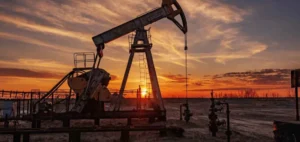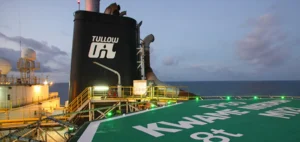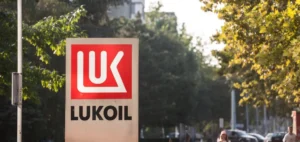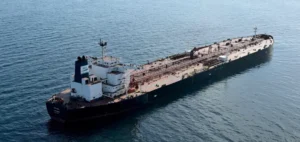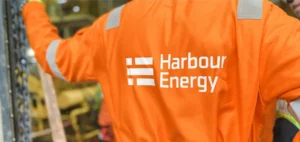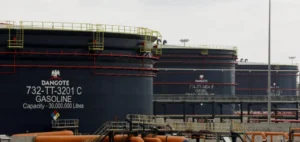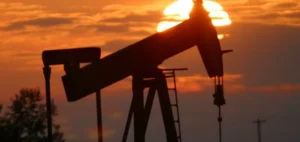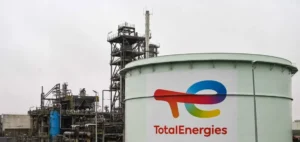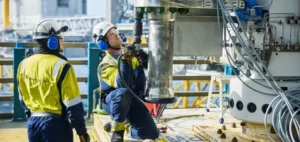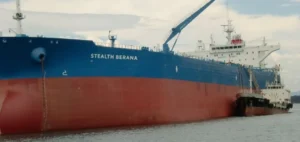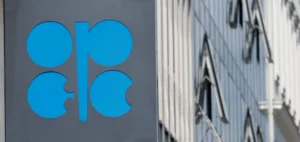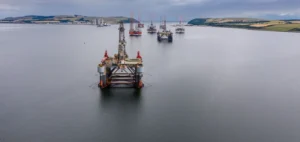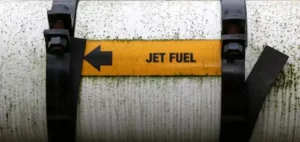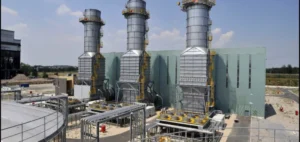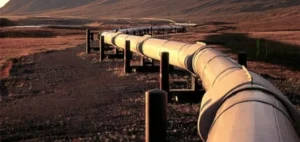Recent decisions by OPEC+ to cut crude oil production are having a significant impact on the global energy industry. OPEC+ members such as Iraq, Russia and Kazakhstan have agreed to cut their collective production by 2.284 million barrels per day (b/d) by September 2025.
These adjustments aim to stabilize oil prices, but create a contraction in liquefied petroleum gas (LPG) supply. Asian buyers expect Saudi Aramco to keep LPG contract prices for August unchanged from July, at $585 per tonne for propane and $565 for butane.
This anticipation is based on the limited availability of LPG, exacerbated by OPEC+ production cuts.
In July of the previous year, Saudi Aramco’s contract prices for propane and butane were $470 and $502 per tonne respectively, underlining a significant year-on-year increase.
Tensions and Strategies on the Regional Market
The LPG market is feeling the impact of production cuts, with a reduction in spot offers from major Middle Eastern producers such as Saudi Aramco, Kuwait Petroleum Corporation and Abu Dhabi National Oil Company.
This scarcity of supply is reflected in a sharp drop in freight rates on the Persian Gulf route to Japan, a key indicator of market dynamics.
Freight rates for giant gas carriers (VLGCs) on this route hit a five-month low of $50.50 per tonne on July 23, after peaking at $71.50 on June 26.
This decline reflects the lack of available LPG cargoes from the Middle East, increasing transportation costs for limited cargoes.
Strategic Implications for Industry
OPEC+ production cuts are forcing energy companies to reassess their supply and storage strategies.
The medium-term outlook points to persistent LPG supply tensions, with stable Asian demand and an uncertain geopolitical context.
Companies need to adapt their forecasting and investment models to navigate this volatile environment.
Russia, Iraq and Kazakhstan, having produced in excess of their respective quotas, must significantly adjust their production by September 2025.
These adjustments will have repercussions on global energy supply chains, influencing not only LPG prices, but also export strategies and international trade relations.
Perspectives and reflections
OPEC+ continues its efforts to balance the global oil market, and the implications for the energy sector are considerable.
Crude oil production cuts directly influence LPG supply, creating a scarcity that could persist.
High prices and increased volatility are realities with which market players have to contend.
In summary, OPEC+ decisions on production cuts are having a significant impact on the global energy market.
Tensions on LPG supply, price fluctuations and freight dynamics represent major challenges for companies in the sector, requiring adapted and resilient strategies to adjust to these new market conditions.


